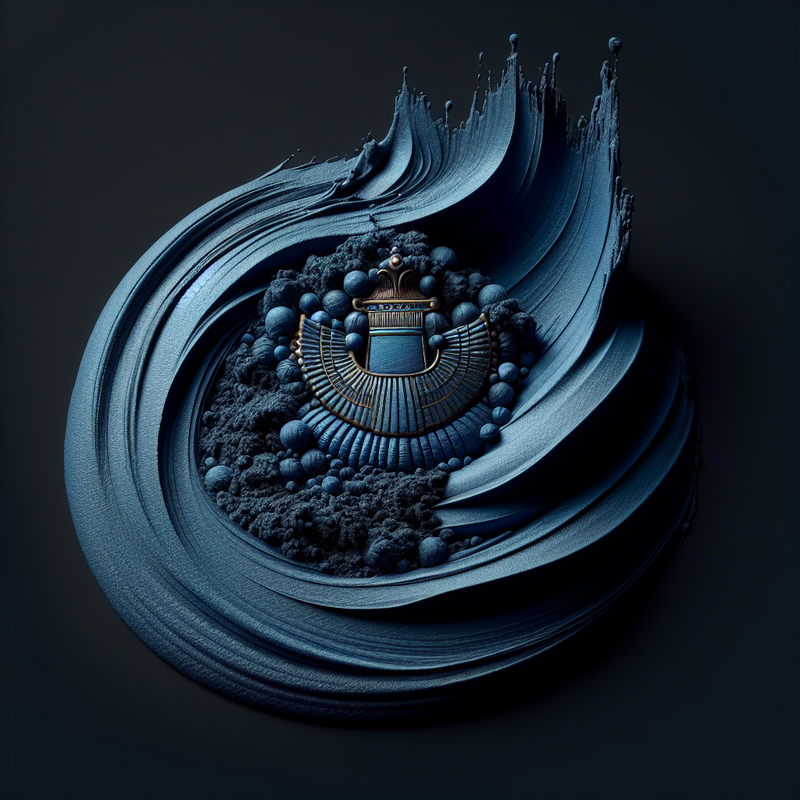Researchers at Washington State University (WSU) have unveiled a monumental breakthrough by replicating the foundational recipe of the illustrious Egyptian Blue, recognized as humanity’s inaugural artificial colorant.
This vibrantly captivating shade, echoing the sublime beauty of rare jewels such as turquoise and lapis lazili, vanished after the Renaissance. Yet, its rebirth not only sheds light on the secrets of antiquity but also presents exciting horizons for modern applications in optics, magnetism, and health sciences.
John McCloy, the project’s principal investigator and the head of WSU’s School of Mechanical and Materials Engineering, stated, “This endeavor aims to excavate the arcane narratives embedded within ancient Egyptian artifacts through the lens of contemporary science.”
Multidisciplinary Effort Deciphers Age-old Chromatic Mystery
Uniting talents from mechanical and materials engineering, mineralogy, and Egyptology, and supported by prestigious institutions like the Carnegie Museum of Natural History and the Smithsonian’s Museum Conservation Institute, this collaborative initiative was instrumental in resurrecting the lost art of crafting Egyptian Blue. This pigment historically adorned art pieces and a paper-like composite known as cartonnage.
Examining historical remnants, team members observed a spectrum of blue hues, from intense and rich to muted and discolored. McCloy elaborated, “This indicated a supply chain where some crafted the colorant, which was then distributed, with its application occurring elsewhere.” These discrepancies likely originated from disparate processing techniques dispersed across the ancient landscape.
WSU’s laboratory ventures involved testing a dozen conceivable combinations for producing Egyptian Blue, informed by ancient texts, and subjecting them to extreme heat nearing 1,000 degrees Celsius for specified durations. Upon cooling, detailed examinations of the outputted samples yielded an adaptable foundational formula.
McCloy pointed out, “We found that even small changes in the process could cause significant shifts in the resulting hue,” highlighting the pigment’s sensitivity to procedural nuances.
Revitalizing Historical Colorant for Future Innovations
The results of the research have revitalized the allure of Egyptian Blue, spotlighting its relevance for contemporary advancements. The pigment’s unique capacity to generate invisible infrared light presents opportunities for high-security printing substances and sophisticated biometric analysis techniques. In addition, its structural parallels with superconductive materials have captured scientific intrigue.
With a master’s degree in anthropology, McCloy originally saw the project as an intellectual diversion. However, he underscored the growing curiosity surrounding the pigment, saying, “There’s a committed interest in unraveling this material’s potential,” as the scientific sphere delves into its versatile applications for tomorrow’s technology.
















